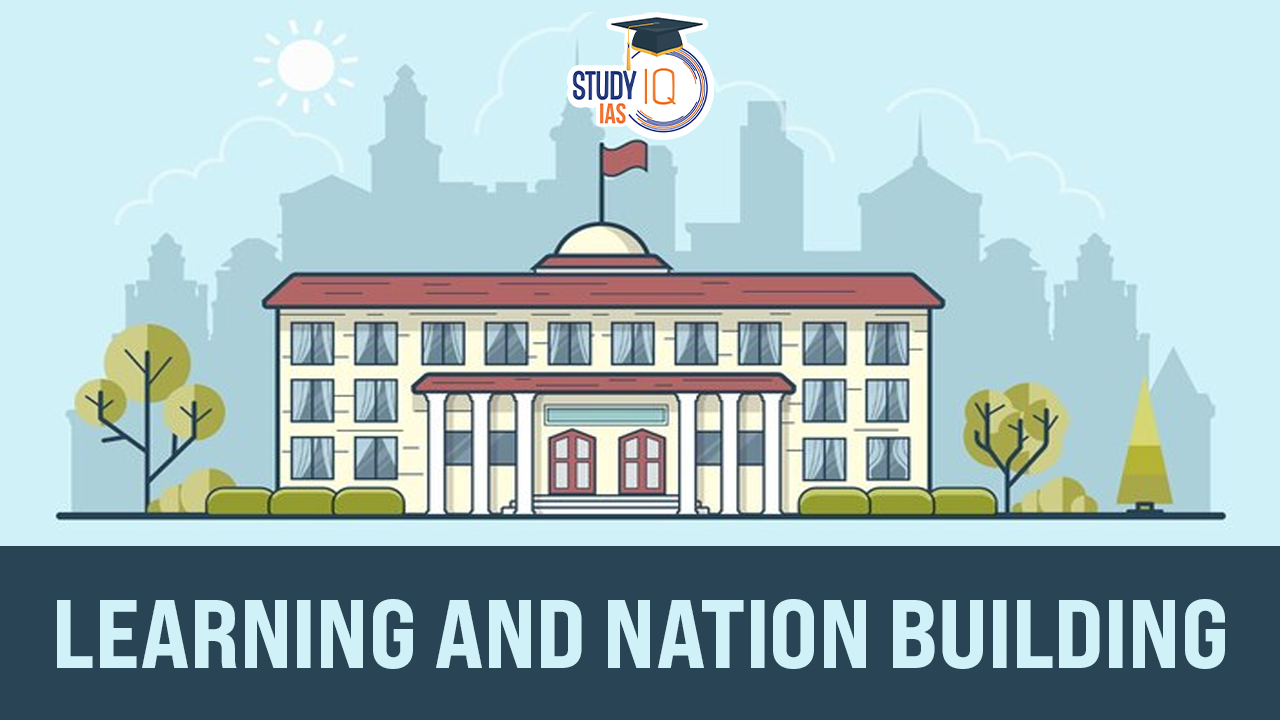Table of Contents
Demographics at Independence
- In 1947, India’s population was around 370 million, and women had an average of six children.
- 80% of the population was illiterate, and the educational infrastructure was minimal, with only 20 universities and around 500 affiliated colleges.
- Student enrolment was about 5 lakh, and the total number of faculty members was around 20,000.
- Higher education was a privilege reserved for the elite.
- Today, India has over 40 million students and 5 million faculty members in higher education.
Present Scenario and Demographic Context
- India now has the largest population in the world.
- 47% of Indians are below the age of 25, and two-thirds of them have been born after liberalisation.
- This demographic transition positions universities as essential institutions in the transformation of society.
Need for Constitutional Education
- The focus solely on STEM and medical education is not enough for societal transformation.
- Education must go beyond job opportunities and appreciate the intrinsic value of knowledge, particularly constitutional knowledge, which should be a policy priority in schools and universities.
- More than 1,100 universities and nearly 50,000 colleges in India must prioritise teaching about the Constitution’s history, philosophy, and evolution.
Five Compelling Reasons for Educating Students About the Constitution
- Constitution as a Site for Creating Collective Consciousness: India is not a traditional federation and faces ongoing struggles in defining deliberative democracy.
- The economic and social diversity across Indian states has created disparities in human and economic development.
- A collective consciousness of the Constitution is needed to promote progressive nation-building and shield against sectarian perspectives.
- Constitution as a Framework for Identity Creation: The Constitution helps create and nurture an Indian identity, reflected in its pluralistic values.
- Alfred Stepan, Juan Linz, and Yogendra Yadav introduced the concept of “state-nations,” where the Constitution promotes a sense of belonging and protects socio-cultural diversities.
- Universities must promote constitutional patriotism, shaping nation-building ideas.
- Constitution as a Reason for Celebrating Diversity: The Constitution recognizes and promotes diversity through provisions on equality and non-discrimination.
- Universities should encourage understanding and appreciating India’s diverse cultures by studying the Constitution and interacting with people from different backgrounds, fostering an informed and enlightened citizenry.
- Constitution as an Instrument of Social and Political Empowerment: The Constitution, through Article 17, abolished untouchability and made it an offence to practise caste-based discrimination.
- The document promotes the values of liberty, equality, and fraternity, emphasising the need for universities to instil these constitutional values in students.
- Constitution as the Basis for Social Justice
- Social justice is a central theme of the Constitution, and higher education institutions play a crucial role in promoting these ideals.
- Universities must challenge societal structures and inspire young people to work towards an egalitarian society.
- By embedding constitutional ideals in their education, universities can advance the cause of social justice.


 World Summit on Disaster Management (WSD...
World Summit on Disaster Management (WSD...
 Domestic Systemically Important Banks (D...
Domestic Systemically Important Banks (D...
 The Missing Link in India’s Critical M...
The Missing Link in India’s Critical M...

























